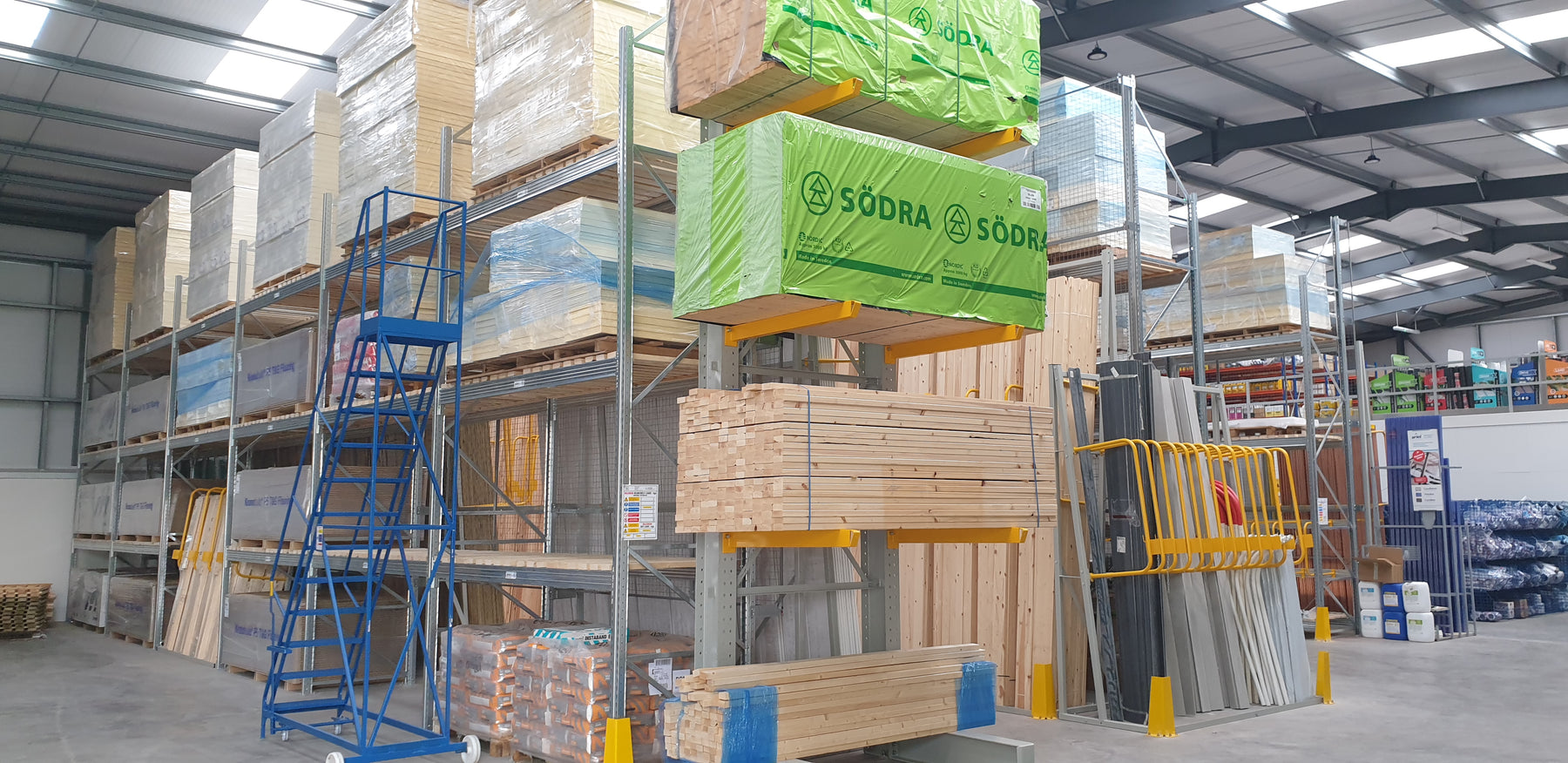
Insight: Racking up on health and safety
With heavy products often stored at height in warehouses and yards, health and safety should be everyone’s responsibility at a builders’ merchant depot, argues Mike Gorman, Sales Director and a SEMA-qualified Inspector at Filstorage.
Type the words ‘racking collapse’ into YouTube and you’ll find no end of horrendous accidents that put the lives of warehouse workers in serious risk of injury or death.
But close analysis reveals that the vast majority of these accidents are easily avoidable and arise from neglect, incompetence, or even a flagrant flouting of the health and safety guidelines by business managers.
That’s why for me health and safety, particularly that ensuring racking remains safe and serviceable, is the responsibility of everyone who works on a builders’ merchants site.
As a SEMA-qualified racking inspector, this is the best way to guard against racking malfunctions and the accidents that can so easily follow.
Health and safety needs to be part of the culture of the merchant. For example, one person who has regular eyes on the racking is the forklift driver. He or she needs to be fully aware of the load capacity of the bay or run of racking to ensure it is never overloaded.
But drivers should also be encouraged to notice any new damage to the bay or wider racking system and report this up the chain to ensure it is looked at properly.
Internal inspections
I recommend that merchants appoint a person whose job it is to carry out regular internal inspections.
These might take place daily in a large distribution centre stocking fast moving goods, but they might be carried out on a weekly basis.
However frequently it is done, there should be a written record of each inspection to ensure all damage is noted and assessed.
Having the same person regularly walk the racking means they can pick out when existing damage is getting worse and new damage has occurred. This is invaluable when deciding at what point action needs to be taken.
But the inspections don’t end there. I would recommend, as an extra layer of scrutiny, regular independent racking assessments carried out by SARI inspectors.
Filstorage is one of just 30 SDG member companies, all of which are independently and rigorously assessed for procedures and health and safety compliance. SARI inspectors will give a full appraisal of any damage to the equipment, and recommendations about how to put it right. This is very important because their training enables them to really understand what damage is critical and what is not, which without the proper training, isn’t easy to spot.
Again, large, fast moving distribution centres will need to do this fairly regularly due to the propensity for damage, perhaps every three or six months. Most of the businesses we work with – builders’ merchants – do this on an annual basis.
It’s not just for existing racking systems I urge merchants to take heed of health and safety requirements.
New pallet racking, for example, must be the correct size and load capacity to suit the size, shape and weight of product going on it, and the system must be laid out to suit the warehouse shape and size. Both of these ensures racking safety is optimised at the earliest opportunity.
You wouldn’t have an unqualified plumber to fit a gas boiler, you’d get a Gas Safe registered plumber for that. It’s the same with racking.
Merchants having new racking installed must ensure the company they’re using employs certified and competent fit out teams that are SEMA-approved. It just adds to the peace of mind. At Filstorage, all our fit out teams are SEMA-approved and we wouldn’t risking using anyone who wasn’t.
Once the racking is in place, my biggest piece of advice is to leave it alone. All too often, I visit merchants where the racking has been altered in some form or other, often leaving it weaker and more prone to damage, and in some cases dangerously insecure.
Too many companies make alterations to racking after it has been installed. Often, this is because someone does something they shouldn’t have done because they think they know what they’re doing when they don’t.
A common alteration is removing the first beam from the racking system to enable more product to be stacked underneath, but this can alter the structural integrity of the racking, reducing the load capacity of system.
The height of the first beam from the floor denotes the loading capacity of the frame, but a lot of the time, people take the first beam out because they want to drive underneath it or multistack on the floor.
By doing this they’re reducing the capacity of the frame. If you’re going to stack many tons of product on something you really want to make sure it can hold it because if it comes down, it’s a going to be very serious. This can easily be a consequence of altering racking when you don’t know what you’re doing.
This is why all alterations should be checked by a qualified inspector to ensure they don’t derate the load capacity of the bay.
My final piece of advice to merchants is to study the SEMA guidelines – readily available on the organisation’s website – and to have at least one person in the organisation complete a racking awareness course.
Having just one qualified person in the business can make a huge amount of difference to its culture and to how health and safety is perceived across the organisation.
Taking health and safety seriously, and ensuring your racking is always up to operational standard is the best way to avoid being the next YouTube sensation, but for all the wrong reasons.
That said, in the aftermath of a serious racking collapse, being featured online will be the very least of your worries.
Featured in Builders Merchants News September 2022



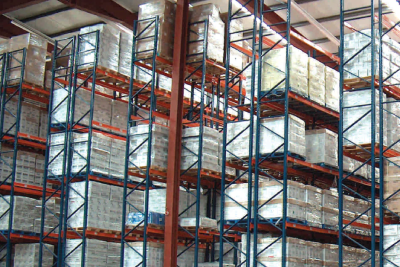
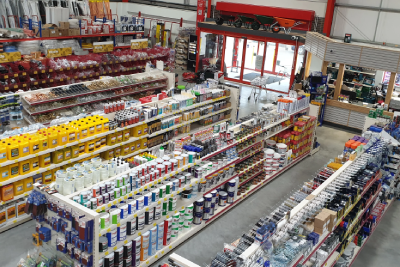
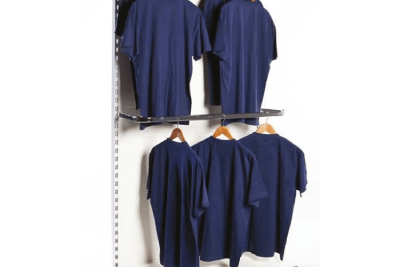
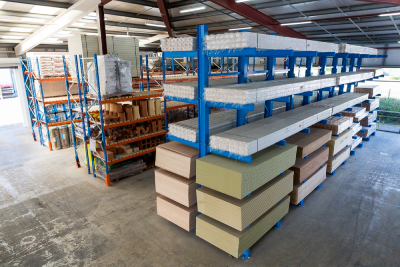
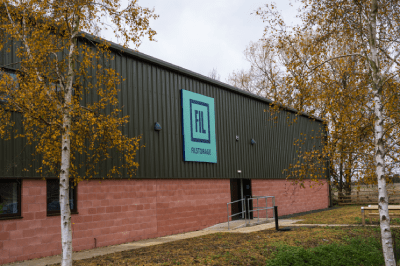
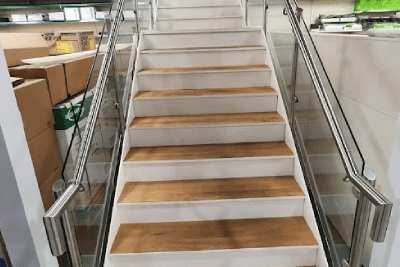
Leave a comment